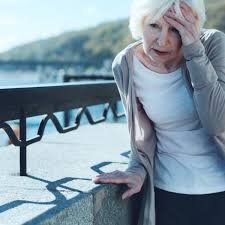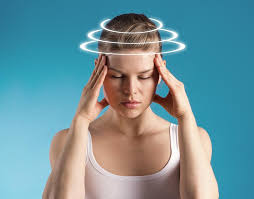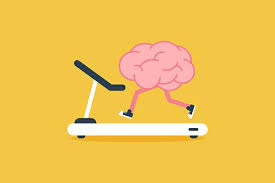DIZZINESS, FALLS AND POSTURAL INSTABILITY
As we age, we will be seeking healthcare services and interventions that will allow us to do so in an active and graceful manner. Increasing or maintaining functional ability is the key goal for healthy aging. Falls, secondary to balance disturbances, are a leading cause of fracture, loss in confidence and negative alteration of lifestyle in the elderly. Therefore, any healthcare intervention that can help older adults overcome activity limitation due to chronic pain or other deficits (such as musculoskeletal conditions) should have a role in their healthcare. Chiropractic is a key contributor to facilitate healthy, functional aging.
Clinical and research in falls, postural instability, balance and dizziness has enormous impact on the aging population. The chief modifiable risk factors for falls are psychotropic drugs, polypharmacy, environmental hazards, poor vision, lower extremity and balance impairments. Chiropractic research seeks to understand how spinal function and the presence of pain syndromes and/or spinal degeneration may influence these health issues.
 FALLS:
FALLS:
The elderly are particularly affected by the injuries caused by falls. It is easy to imagine how declining balance and impaired postural stability put these patients at higher risk of falls. Chiropractors can arm their patients with tools and exercises to maintain and improve their balance to reduce their chance of falling. Physical function is one area that chiropractic adjustments can affect, yet treatment for non-specific dizziness may also help to lower the risk.
 NECK PAIN, AGING & DIZZINESS:
NECK PAIN, AGING & DIZZINESS:
Neck pain and dizziness increase in prevalence as people age and can be associated with injury (eg. Whiplash), yet there is also evidence indicating that dizziness, balance deficits, and joint mal-position are also common in patients with non-traumatic neck pain. Once a chiropractor makes the diagnosis of “cervicogenic dizziness” in their patient, manual care and various rehabilitation interventions can be very effective in decreasing symptoms.
Dizziness and vertigo are common symptoms for which adults seek medical care over the age of 75, however, the most common cause of dizziness remains controversial. Vestibular disorders (such as, BPPV-Benign Paroxysmal Positional Vertigo) are widely believed to be the most common, but there is also evidence suggesting cardiovascular disease and taking >5 medications are also prevalent causes. Despite this discrepancy, the second most common cause of dizziness in the elderly is “multisensory dizziness”.
Patients with neck pain or prior trauma (like whiplash) have demonstrated sensorimotor disturbance, often manifesting as impaired postural stability or other movement deficits. Many older patients already have poor dynamic postural stability, which increases the risk of injury due to fall. The connection between the upper cervical spine and vestibular inputs of the central nervous system is well know, thus suggesting an association between mechanical neck pain and dizziness—-which many chiropractors see often in their clinics. The cervical spine is a critical contributor the sensorimotor integration system that governs movement and balance. It is vulnerable to age-related changes that may alter the ability of the cervical spine to integrate multisensory input from the visual, vestibular and proprioceptive systems which help to control head movement, eye movement, postural stability and balance.

SPINAL ADJUSTMENTS FOR NON-SPECIFIC DIZZINESS:
A recent literature review indicated there is growing evidence supporting the use of manual therapies in the treatment of non-specific dizziness. The result of studies suggest that postural control deficits in older patients with neck pain may not be associated with physical activity level, leg function, vestibular function and visual contrast sensitivity. Rather, impairments to cervical proprioceptive inputs (likely related to their neck pain) are most likely responsible for the change in postural activity.
Balance is intimately related to motor, sensory and neural system functions. Age-related changes to the neurologic and musculoskeletal systems of older adults can lead to symptoms of neck pain and dizziness. The impact of neck pain on the multitude of variables that influence postural control, balance, and dizziness could lead to an increase in risk of falls in older adults. Cervical dysfunction can also be a contributing factor in multisensory cervicogenic dizziness. The sensorimotor system that governs movement and balance requires these systems to coordinate their input, and a deficit in any one of the systems can result in symptoms, reduced functional abilities, or increased risk of falls.
Exercise interventions such as, high-intensity strength training of the lower limbs, and balance re-training can result in significant improvements in functional balance ability and decreased fall risk. Chiropractic is the logical choice of manual, conservative health care to help patients with cervicogenic dizziness, as it can lead to improved function of the sensorimotor systems by improving the function of the joints and muscles of the neck.




